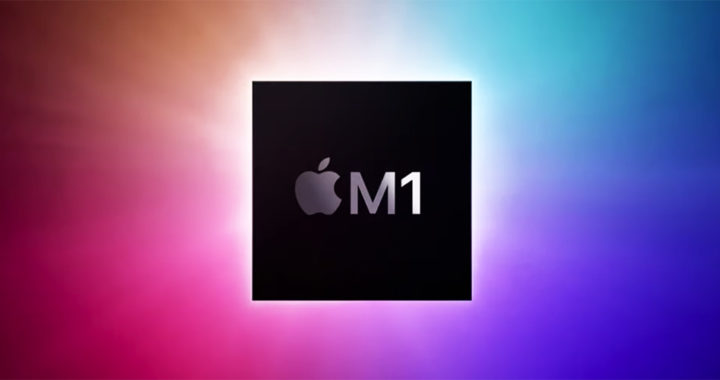There were talks years prior to 2020 that Apple would soon move from x86-based processors from Intel to ones based on ARM architecture. Nonetheless, during the Worldwide Developers Conference in June 2020, the Cupertino company announced that it has begun transitioning from Intel processors to in-house designed ARM processors that would collectively form part of the Apple Silicon family.
Apple launched in November 2020 new models of the MacBook Pro, MacBook Air, and MacBook Mini featuring a new system on a chip or SoC based on ARM architecture: the Apple M1 chip. This new hardware now serves as the first-generation processor of the M series of Apple Silicon processors designed in-house for the Macintosh computer and the macOS operating system.
The Mac Transition To Apple Silicon: Understanding the Reasons Why Apple Moved from x86 Intel Processors to Custom-Built ARM Processors
Delays and Technological Shortcomings of Intel
One of the reasons why Apple decided to transition from x86 Intel processors to custom-built ARM processors is the longstanding problem concerning the manufacturing capabilities of Intel Corp. Apart from production and shipment delays, the multinational chipmaker has struggled to advance its Intel Core processors from the 10nm process to the 7nm process technology. These issues negatively affect the product roadmap of Apple.
Other chipmakers and foundries have been using the 7nm process for quite a while, and some have even introduced chips based on the 5nm manufacturing process node. In fact, the Apple M1 chip built by TSMC is the first processor for desktop and laptop computers featuring densely-packed transistors using the 5nm node. Take note that the smaller the transistors, the more of them can be fitted in a smaller area, thus improving the operational and power efficiency of the processor.
Consolidation Through a Vertical Integration Strategy
Control is central to the business strategy of Apple. The company has demonstrated substantial control over the supply chain and the value chain of some of its notable products and services, including its iPhone and iPad devices, as well as the App Store of iOS and iPadOS operating systems. Over the years, the company has created a semi-closed ecosystem consisting of products and services, outsourced manufacturers, apps or software, and developers.
The move to ditch Intel for a new processor marks another attempt of Apple to consolidate the different facets of its supply chain and value chain. Of course, it could choose another chipmaker such as AMD. But the fact that the company decided to design the M1 chip in-house showed that it wants to lessen its dependence on third-party suppliers through a strategy focusing on vertical integration, thus gaining a competitive advantage.
Building on an Established Capabilities in Chip Design
Apple is not new to designing processors. It is one of the best chip designers in the world. The A series processors that power iPhones and iPads are designed by Apple using RISC architecture and the more specific ARM architecture. The performance of these devices and the specific chips that power them demonstrated the undeniable fact that the company has a reputation for building high-quality and high-performance hardware components. Apple Silicon embodies these capabilities.
Nonetheless, by designing the new Macintosh processors in-house, the company replicates what it has done for iPhones and iPads. These devices remain one of the top-tier mobile products in their respective categories because of their strong hardware-software synergy. In the case of Macintosh, designing the M series processor in-house now allows Apple to coordinate its hardware and software teams to maximize the full potential of Mac devices.
ARM as a Reason Why Apple Ditched Intel Processors
Another reason why Apple welcomed a new era of Macintosh computers by transitioning them from Intel processors to its custom-built processors centers on the advantages of RISC architecture and ARM architecture over CISC architecture and x86 architecture. This move forms part of the ongoing Intel or x86 architecture versus ARM architecture debate. Remember that the A series processors of iPhone and iPads are based on ARM.
There are specific advantages to switching from x86 to ARM. For starters, the company can promote the power efficiency of Mac devices without compromising performance. Initial reviews of Apple M1 revealed promising results. Second, the company can also exploit further the App Store for iOS and iPadOS. Through an ARM-based processor powering Macintosh computers, these devices can run apps written for iPhones and iPads.

